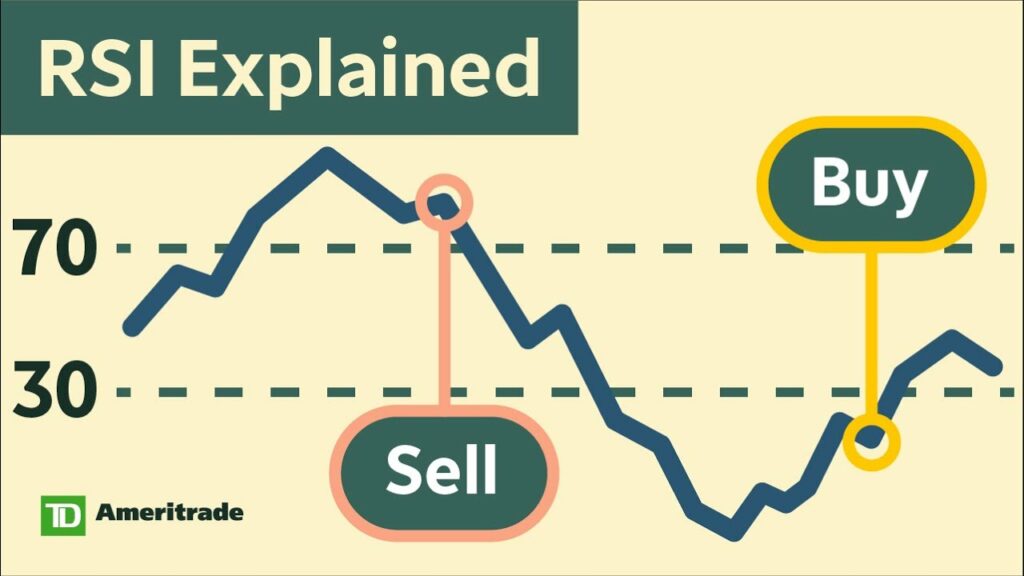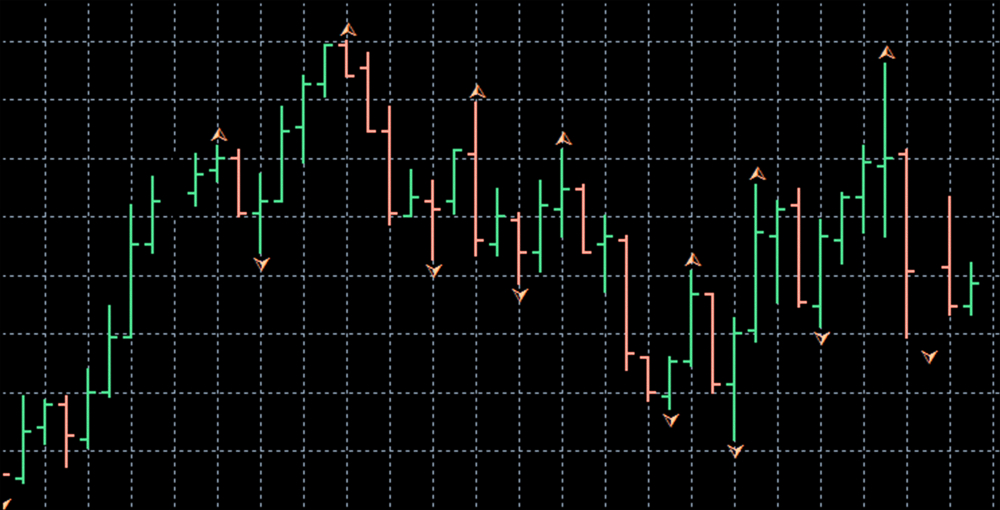Relative Strength Index – (RSI)
The Relative Strength Index was developed by J. Welles Wilder Jr. and introduced in his book, New Concepts in Technical Trading Systems in 1978. He described and interpreted the indicator and later the work of Brown and Cardwell developed new interpretations and concepts using the RSI indicator. Even dating back to 1978 the indicator proved […]
In the aftermath of the Great 1929 stock market crash, the US government passed the Securities Act of 1933 and the Securities Exchange Act of 1934, which created the Security and Exchange Commission (SEC) with the aim to restore investor confidence in the capital markets. The SEC mission is to protect investors, to maintain fair […]
Contractionary monetary policy is the set of policies conducted by central banks aiming to curb inflation and slow overheated economic growth. Through its instruments the central bank tries to halt the overall rise of prices in the economy and decrease the supply of money. It restricts or tightens the access to money making it too […]
VIX index was created by Chicago Board Options Exchange (CBOE) in order to provide a measure of stock markets expected volatility in 30-day period. It is also known as fear index or fear gauge. It is calculated using implied volatility of SP500 options. Thus, the index is forward looking as it measures expected volatility in […]
Fractals are one of the indicators used in identifying trend reversals. Namely, fractals represent one of the simplest trade patterns, repeating over time. At least five bars in a bar chart are needed to form a pattern. Fractal can be bearish or resistance, indicating downtrend will be following/ bullish or supportive fractal tells us the […]
The Economic and Monetary Union (EMU) was set up in 1992 when twelve countries signed the Maastricht Treaty (The Treaty on European Union). It was one of the main steps in further integration of EU countries aiming to provide joint coordination of economic and fiscal policies, a common monetary policy, and a common currency, the […]
The US Dollar Index (USDX, DXY, DX) represents the value of US Dollar against the basket of foreign currencies. The index is a weighted geometric mean of dollar value against following currencies: The currencies represent the most important US trading partners. The index structure changed only once when euro came instead of many European currencies in 1999, […]
Monetary easing, relaxation or expansion is set of policies conducted by the central banks in order to push overall price level, to stimulate inflation and aggregate demand. Globally, central banks were using these expansionary policies in order to combat recession, stimulate spending and accelerate growth. They increase the supply of money, lowers interest rates and […]
FuturesFutures contracts or simply futures are derivative financial instruments whose value is derived from the value of underlying. Buyer of the futures contract agree it will buy the specific amount of underlying at predetermined future time and at predetermined price. The seller agrees to sell and if specified deliver the underlying. Underlying can be any […]
LIBOR stands for London Interbank Offered Rate and serves as a globally accepted key benchmark for short-term interest rate indicating borrowing costs between banks. It is produced for five currencies (CHF, EUR, GBP, JPY and USD) and seven tenors (Overnight/Spot Next, 1 Week, 1 Month, 2 Months, 3 Months, 6 Months and 12 Months) based […]











